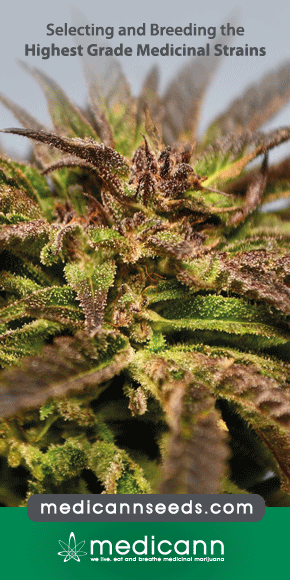Second-Hand Exposure of Staff Administering Vaporised Cannabinoid Products to Patients in a Hospital Setting
Abstract
BACKGROUND:
In many health settings, administration of medicinal cannabis poses significant implementation barriers including drug storage and safety for administering staff and surrounding patients. Different modes of administration also provide different yet potentially significant issues. One route that has become of clinical interest owing to the rapid onset of action and patient control of the inhaled amount (via breath timing and depth) is that of vaporisation of cannabinoid products. Although requiring a registered therapeutic device for administration, this is a relatively safe method of intrapulmonary administration that may be particularly useful for patients with difficulty swallowing, and for those in whom higher concentrations of cannabinoids are needed quickly. A particular concern expressed to researchers undertaking clinical trials in the hospital is that other patients, nurses, and clinical or research staff may be exposed to second-hand vapours in the course of administering vaporised products to patients.
OBJECTIVE:
The objective of this study was to take samples from two research staff involved in administering vaporised Δ9-tetrahydrocannabinol to participants in a clinical trial, to examine and quantitate cannabinoid presence.
METHODS:
Blood samples from two research staff were taken during the exposure period for three participants (cannabis users) over the course of approximately 2.5 h and analysed using tandem mass spectrometry.
RESULTS:
Blood samples taken over a vaporised period revealed exposure below the limit of detection for Δ9-tetrahydrocannabinol and two metabolites, using tandem mass spectrometry analytical methods.
CONCLUSIONS:
These results are reassuring for hospital and clinical trial practices with staff administering vaporised cannabinoid products, and helpful to ethics committees wishing to quantify risk.
Copyright © 2017 The Authors. Published by Elsevier B.V. All rights reserved.
PMID: 29330776 DOI: 10.1007/s40268-017-0225-5
Source:Pubmed



